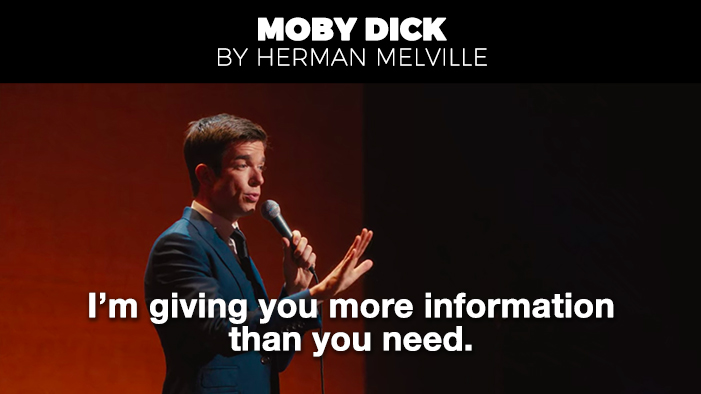The long June twilight faded into night. Dublin lay enveloped in darkness but for the dim light of the moon that shone through fleecy clouds, casting a pale light as of approaching dawn over the streets and the dark waters of the Liffey. Around the beleaguered Four Courts the heavy guns roared. Here and there through the city, machine guns and rifles broke the silence of the night, spasmodically, like dogs barking on lone farms.
In the story’s opening lines, O’Flaherty establishes the historical context of the story, which takes place in the war-torn city of Dublin during the Battle of the Four Courts in 1922. From his perch on a rooftop, the story’s protagonist can see the city under moonlight and hear the sounds of the battle going on around and beneath him. Yet if readers were to read only the first sentence, they would likely get the impression that this is a peaceful evening. The river flows, and the moonlight through “fleecy clouds” is bright enough to be mistaken for dawn. Yet in this peaceful setting, “the heavy guns roared” to shatter the silence. What looks like a city at rest is in reality a city in upheaval.
Cautiously he raised himself and peered over the parapet. There was a flash and a bullet whizzed over his head. He dropped immediately. He had seen the flash. It came from the opposite side of the street.
He rolled over the roof to a chimney stack in the rear, and slowly drew himself up behind it, until his eyes were level with the top of the parapet. There was nothing to be seen—just the dim outline of the opposite housetop against the blue sky. His enemy was under cover.
At this moment in the story, the Republican sniper’s careful attempt to smoke a cigarette has drawn his enemy’s fire—twice. Immediately, the rooftop where he had just eaten a sandwich becomes the site of a skirmish. Like a soldier in a trench, he tries to see over the parapet without being seen, but the enemy spots him. Moving quickly to a different hiding spot, he tries again to observe his enemy safely, but the other sniper is “under cover,” and only his fortification in the form of a housetop is visible. O’Flaherty’s descriptive language of setting in these lines plays on the double meaning of “parapet” to conflate a domestic and combat setting.
He peered around the corner into O’Connell Street. In the upper part of the street there was heavy firing, but around here all was quiet.
The sniper darted across the street. A machine gun tore up the ground around him with a hail of bullets, but he escaped. He threw himself face downward beside the corpse. The machine gun stopped.
The Republican sniper is on his way to report to his company commander when curiosity about the enemy sniper waylays him. To reach the man’s body, he must traverse the no-man’s land of the street. It is interesting that in a story in which no character is named, the bridge and the street that runs from it are specified. The effect of this contrast is to familiarize the setting while retaining the anonymity of the characters. This is a real city, and a real street, on which there is a real barber’s shop. As he did on the rooftop, the sniper observes the street carefully, but it is silent and, despite the nameless corpses now lying in it, appears safe.
The sniper is encouraged but not lulled into complacency. When he moves, he moves fast—but not fast enough. Machine gun fire tears up not the street or the pavement but the “ground,” evoking the earth of a battlefield and negating the sniper’s fleeting hope that the city street was, at least for a moment, just a street again.


 payment page
payment page



